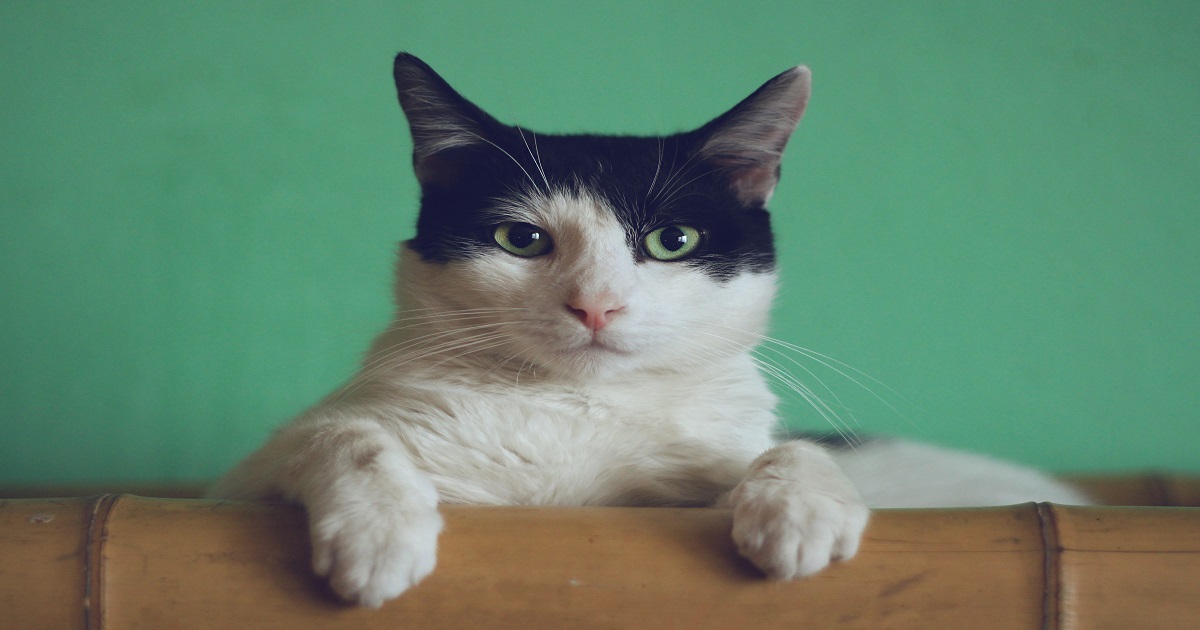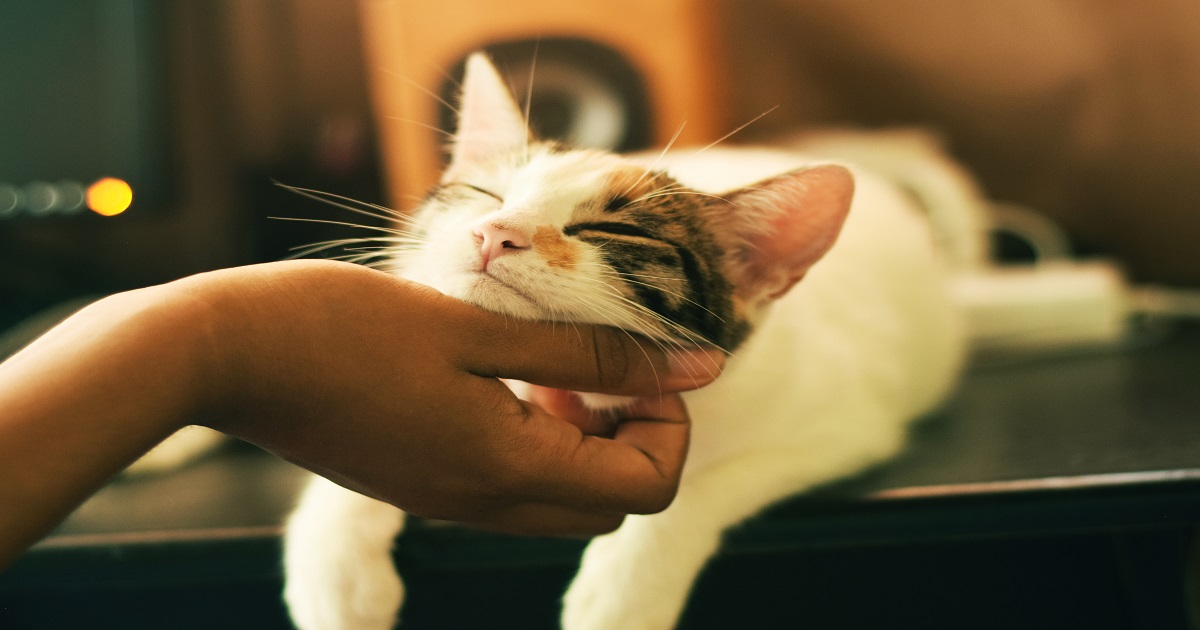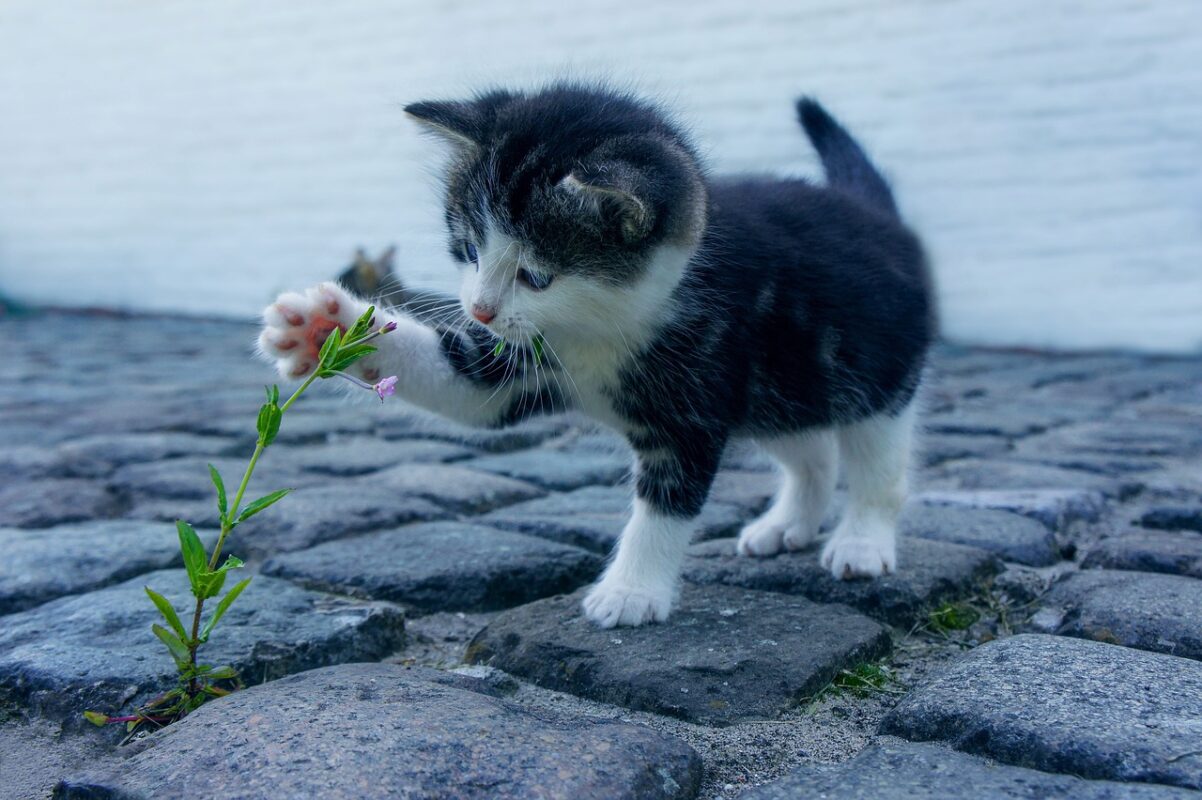As a cat owner, you’ll have noticed that our feline companions are highly expressive creatures. They communicate with us not through words, but through a complex system of body language, which includes everything from the position of their ears to the movement of their tail. Understanding these subtle cues is crucial for ensuring your cat’s health and happiness, and for forging a deeper bond between you and your pet.
Looking into their Eyes
A cat’s eyes can provide a wealth of information about their current state of mind. Are they wide-eyed? This could mean that your cat is scared or excited. Is your cat squinting or blinking slowly? This usually signals that they are content and relaxed. If their pupils are dilated, it could mean that they’re playful or stimulated, but could also signal fear or aggression – so it’s important to read their eyes in conjunction with other body language signs.
The Ears Have It
A cat’s ears are like a mood radar, indicating their emotional state. Ears that are standing up and pointing forward indicate that your cat is alert and curious. Conversely, if your cat’s ears are turned sideways or flattened against their head, they could be feeling annoyed, anxious, or threatened.
Telling Tails
The position and movement of a cat’s tail offer vital clues about how they are feeling. A high, straight tail usually suggests a happy and confident cat, while a low or tucked-under tail could mean that your cat is scared or anxious. A flicking or lashing tail is often a sign of annoyance or aggression.
What their Fur Reveals
A cat’s fur can also be part of their emotional barometer. If your cat’s fur is standing on end (piloerection), it’s usually a sign that they’re feeling threatened or excited. Conversely, smooth, flat fur indicates a relaxed and comfortable cat.
Understanding the Context
When interpreting your cat’s body language, it’s essential to take the wider situation into account. If your cat hisses during a relaxed play session, it could be a sign of playfulness rather than aggression. Always try to see the bigger picture when trying to understand what your cat is trying to tell you.
Patience is a Virtue
Learning to decode cat body language doesn’t happen overnight – it requires observation, patience, and practice. Don’t be disheartened if you can’t understand everything right away; over time, you’ll start to recognize patterns and get to grips with your cat’s unique communication style.
When to Consult a Vet
If you ever notice a sudden change in your cat’s behavior, or if your cat displays any signs of distress or illness, it’s always a good idea to consult with a vet. They can rule out any health problems and provide advice on managing your cat’s behavior.
Further Resources
If you’re dealing with specific behavioral issues, consider looking up the following terms for more information and professional help:
Understanding your cat’s body language is a vital part of responsible pet ownership. It can deepen the bond you share with your cat and improve their quality of life – and yours, too. Remember, every purr, meow, ear twitch, and tail flick is a piece of the communication puzzle. The more you understand about cat body language, the better equipped you’ll be to meet your cat’s needs and ensure their happiness and well-being.




